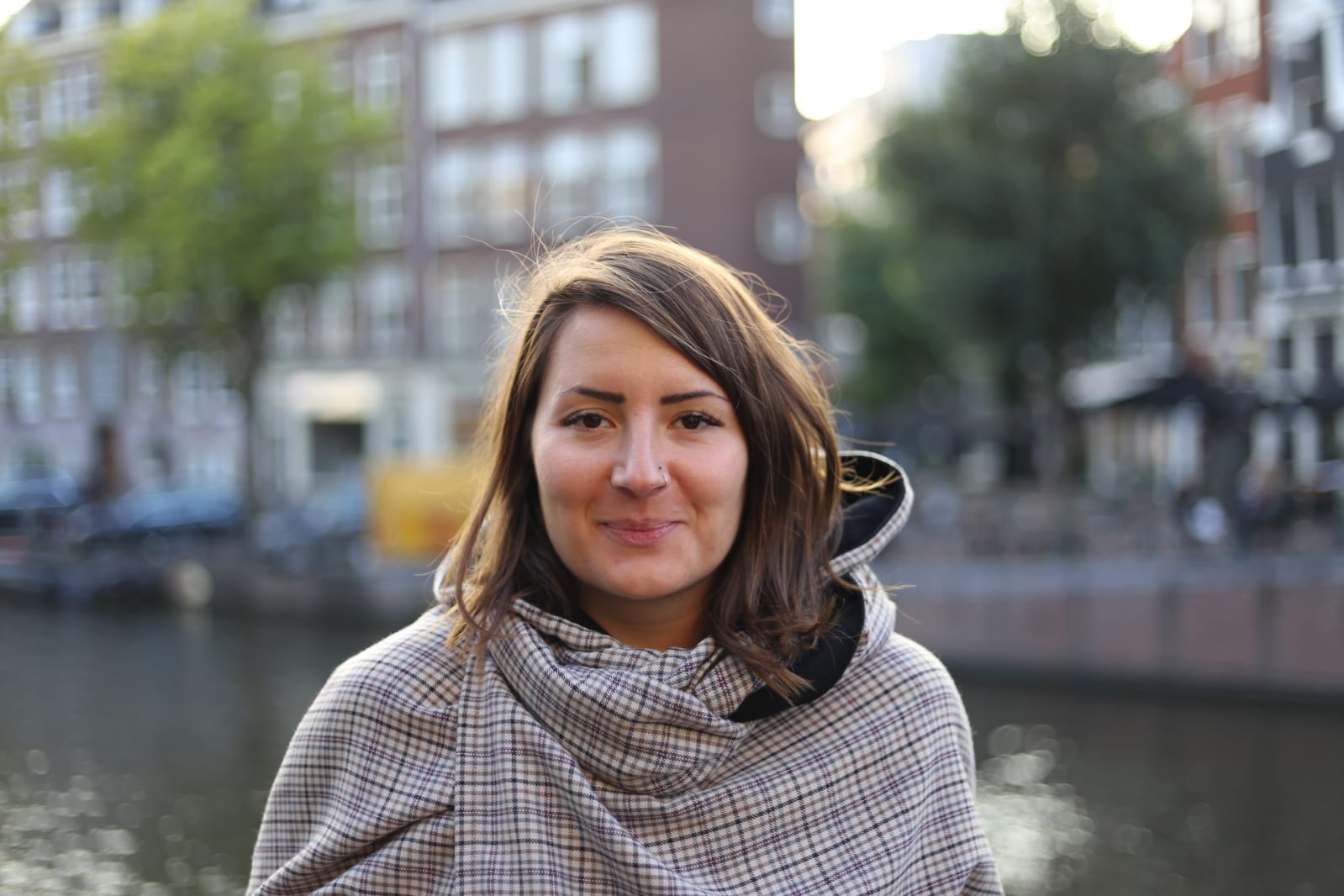How To Do Translation Quality Assurance

What is quality assurance? How can you do translation quality assurance in the most efficient and data-oriented way?
What is quality assurance? The answer to this seemingly simple question is not that straightforward, as in the translation space this term may refer to a number of activities, taking place in various stages of translation production:
- The activity of preventing mistakes or defects in the source text and in reference material prior to translation,
- Automated check of machine-detectable errors, such as typos, number mismatches or formatting errors,
- Final check of the text by a native speaker.
Preventing Mistakes in the Source Text
In a wider sense of the word, assuring quality means doing everything possible to ensure an optimal outcome from the get-go. In the traditional content creation and translation workflow, the source text passes through the hands of various stakeholders before reaching the translator’s desk: those of technical writers, copywriters, marketing managers, local market representatives, sales representatives, translation project managers and possibly many more. Each of them might contribute to some changes in the translatable content that could cause issues at a later stage. How to avoid it?
- If you are a buyer commissioning translation work to an external supplier, ensure that the source text has been finalized before sending it to the translation vendor. Establish a point of contact at your organization who can be consulted in case your vendor has any questions about the content. Consider creating a style guide and a glossary that will help the translator choose appropriate style and terminology.
- If you work in an LSP and are about to send the translation assignment to your translator, screen the source material to ensure it is complete, correctly formatted and is accompanied by appropriate instructions.
- If you are a translator, read the instructions carefully, go through the translatable content and notify your project manager of any unclarities before starting the actual translation.
Automated Checks
There is a large variety of tools serving this purpose: Xbench, QA Distiller, Verifika, lexiQA, and others. Nowadays many of the CAT tools offer rich built-in QA functionality, ensuring that their users do not have to leave the tool environment to run these checks. These tools can be a great time-saver in basic error detection but might flag a lot of false positives, therefore they need to be used carefully, especially if the person performing the automated checks does not speak the source or target language.
Final Check by a Native Speaker
Buyers often introduce this step to verify that the target content matches the expectations of local markets. The text can be verified by local marketing sales or marketing representatives who have deep knowledge of the product or niche they represent but might not be linguistically trained. As a result, they are likely to do a good job in ensuring that the content is factually correct and conveys the company style but might introduce language errors or introduce changes in the target text which might cause inconsistencies across different target languages.
Tips for Setting Up a Quality Assurance Process
As the above-mentioned examples show, there are many risk factors to take into account when setting up a quality assurance process. First and foremost, it is essential that all involved parties agree on what quality assurance means and what activities it involves. Second, quality assurance needs to be part of a broader clearly-defined translation quality plan that includes the following components:
- Content profiling;
- Definition of translation scope and quality requirements;
- Identification of translation risks;
- Selection of appropriate quality evaluation methodology;
- System for measuring and analyzing the performance.
The setup of such a comprehensive quality plan ensures that stakeholders communicate with each other and are upfront about potential issues that might hinder the efficient translation production process and negatively affect the final outcome.

Dace is a product and operations management professional with 15+ years of experience in the localization industry. Over the past 7 years, she has taken on various roles at TAUS ranging from account management to product and operations management. Since 2020 she is a member of the Executive Team and leads the strategic planning and business operations of a team of 20+ employees. She holds a Bachelor’s degree in Translation and Interpreting and a Master’s degree in Social and Cultural Anthropology.
 by Dace Dzeguze
by Dace Dzeguze by Milica Panić
by Milica Panić by Milica Panić
by Milica Panić

